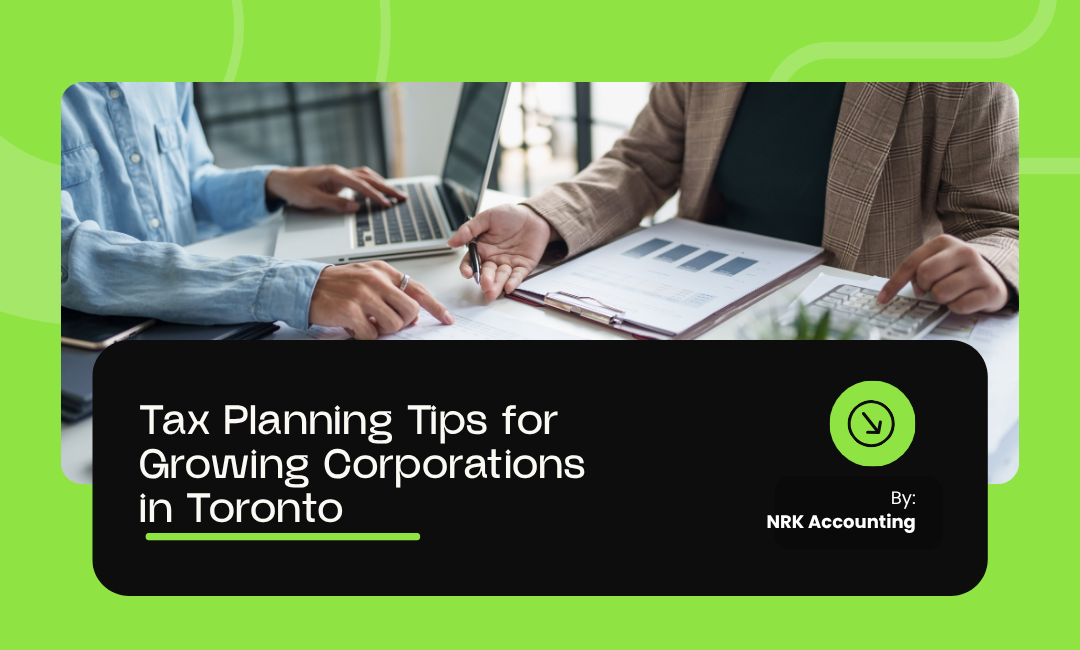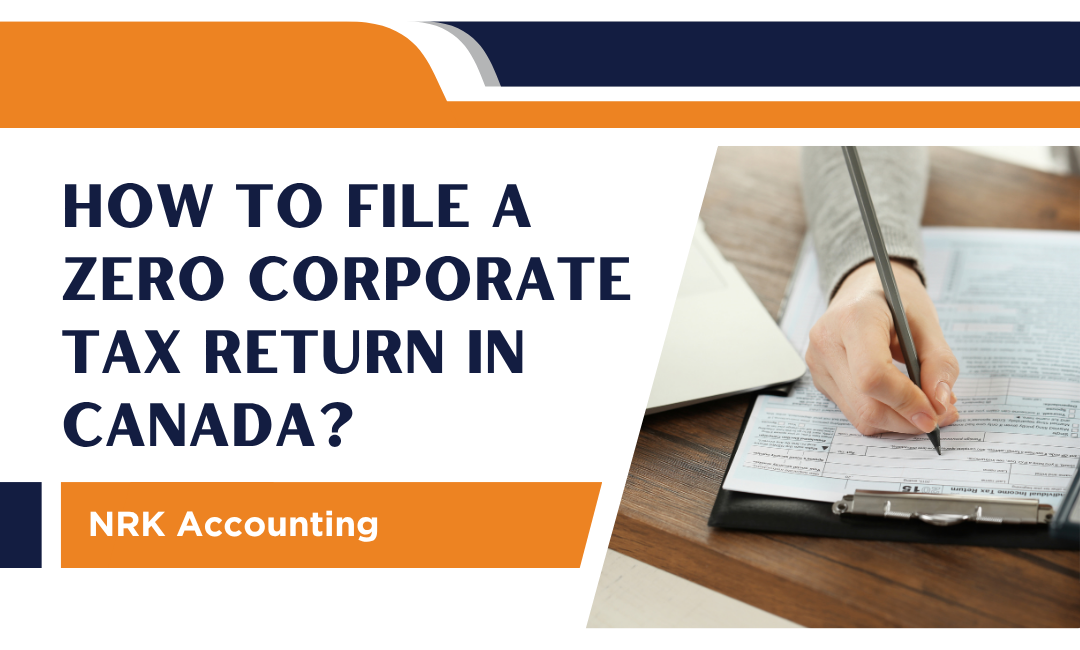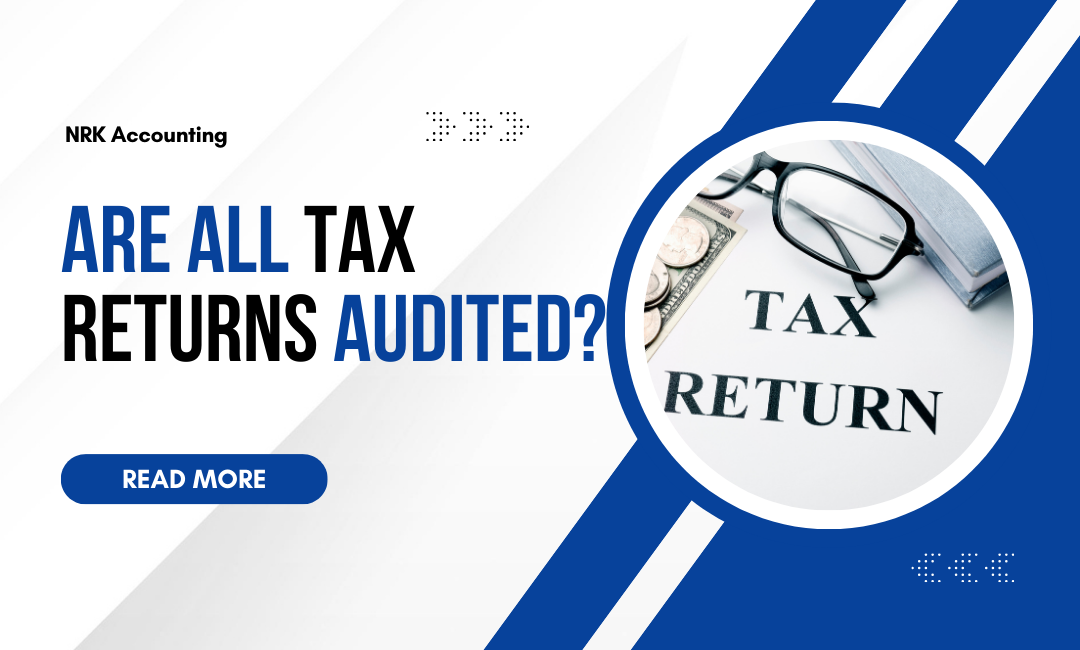Top Tax Planning Tips for Growing Corporations in Toronto (Before Year-End)
Your corporation hit $2 million in revenue this year. Congrats—now the CRA wants a bigger slice.
Here’s the thing: growing corporations in Toronto face a different tax game than startups or established enterprises. You’re past the small business deduction threshold but not big enough for a full-time CFO. That gap costs you thousands.
This guide covers:
- Income splitting strategies that work within CRA rules
- Timing tactics for expenses and capital purchases
- How to structure shareholder compensation for maximum savings
- Industry-specific deductions Toronto corporations miss
- When to incorporate holdcos and investment vehicles
At NRK Accounting, we work with dozens of growing Toronto corporations, and we’ve seen what separates the companies paying 26% tax from those paying 12%. The difference isn’t luck—it’s strategy.
Income Splitting Strategies That Work Within CRA Rules
The Tax on Split Income (TOSI) rules changed everything in 2018. What used to be simple now requires documentation, proof, and strategic thinking.
But here’s what still works.
Pay Reasonable Salaries to Active Family Members
The CRA won’t question salary amounts paid to owner-managers actively running the business, but salaries to family members must be reasonable for the work performed.
Your spouse can’t earn $100K answering phones twice a week. You need:
- Timesheets showing actual hours worked
- Job descriptions matching their responsibilities
- Market rate comparisons for similar roles in Toronto
Pro tip: Salaries generate RRSP contribution room and CPP credits, but dividends don’t. If your spouse has no other income, a salary makes more sense than dividends for building retirement savings.
The 20-Hour Weekly Exemption
Family members who work at least 20 hours per week on average in your business can receive dividends without triggering the highest tax rate under TOSI.
This is massive for spouses who genuinely contribute to operations. But you need proof. The CRA accepts:
- Payroll records
- Logbooks or schedules
- Email trails showing involvement
- Meeting notes
Prescribed Rate Loans (The Underused Strategy)
You can lend money to a lower-income spouse at the CRA’s prescribed rate (currently around 3%), and any investment returns above that rate get taxed in their hands.
Here’s why this matters: the rate locks in for the loan’s entire life. If you establish a loan today at 3% and rates drop to 1% next year? You’re stuck at 3%. But if rates climb to 6%? You win.
Requirements:
- Formal loan agreement (in writing)
- Interest paid annually by January 30
- Proper documentation for CRA review
Growing corporations hit $500K revenue and lose the small business deduction. That’s when income splitting becomes critical—not optional. We work with dozens of Toronto businesses at NRK Accounting who waited too long to restructure. The ones who planned ahead? They’re paying less tax than competitors.
Timing Tactics for Expenses and Capital Purchases
Your fiscal year-end isn’t just a date—it’s a tax planning deadline.
Accelerate Deductible Expenses Before Year-End
Prepaying certain expenses before your fiscal year-end can reduce your current year’s taxable income. This works for:
- Professional fees (legal, accounting, consulting)
- Office supplies and equipment under the capital cost allowance threshold
- Marketing and advertising campaigns
- Insurance premiums for the upcoming year
The catch? You can’t prepay more than one year ahead. Pay December 2025’s rent in November? Deductible. Pay all of 2026’s rent in December 2025? The CRA won’t allow it.
Capital Cost Allowance (CCA) Timing
You control when you claim CCA on assets. In profitable years, claim the maximum CCA to reduce income. In loss years, skip it and carry the deduction forward.
The half-year rule: Assets purchased during the year only qualify for 50% of the normal CCA rate. Buy that $50K vehicle in December? You’re better off waiting until January if your current year’s income is already low.
Bonus Accrual Strategy
Corporations can accrue bonuses to shareholders or employees before year-end, deduct them immediately, but pay them within 180 days of year-end.
This creates a timing advantage:
- Deduct the expense in 2025 (lower corporate tax)
- Pay the bonus in early 2026 (spread personal tax)
Clients at NRK Accounting use this to manage cash flow while optimizing tax brackets across two years. The 180-day rule is non-negotiable—miss it and the CRA disallows the deduction.
How to Structure Shareholder Compensation for Maximum Savings
Salary or dividends? Wrong question. The answer is both—just not in equal amounts.
The Hybrid Approach That Works
Most business owners benefit from a combination: enough salary to maximize RRSP room and CPP benefits, with remaining profits distributed as dividends.
Optimal salary amount for 2025:
- Pay yourself up to the small business limit ($500K in active income)
- Target salary around $65K-$70K to maximize RRSP contribution room
- Distribute remaining profits as dividends to minimize overall tax
Small Business Deduction Sweet Spot
Active business income under $500K qualifies for the small business deduction, taxed at 9-14% federally plus provincial rates. Income above that threshold? You’re paying 26%+ corporate tax.
Here’s the move: if you’re hitting $550K in corporate income, bonus down to $500K. The math works because personal tax on that $50K bonus is often lower than corporate tax on retained earnings above the threshold.
Creating Multiple Share Classes
Different share classes let you allocate dividends strategically to different family members without splitting ownership equally.
Example structure:
- Class A common shares → You (voting control)
- Class B common shares → Spouse (discretionary dividends)
- Class C common shares → Adult children working in business
This gives you the flexibility to declare $40K dividends to your spouse and $0 to your kids in year one, then reverse it in year two based on their respective tax situations.
Toronto’s NRK Accounting reviews compensation structures annually for clients—tax brackets change, business income fluctuates, and what worked in 2024 might cost you thousands in 2025.
Industry-Specific Deductions Toronto Corporations Miss
Generic tax advice leaves money on the table. Your industry has unique write-offs.
Medical and Healthcare Professionals
SR&ED tax credits aren’t just for tech. Medical clinics developing new treatment protocols or diagnostic methods can claim Scientific Research and Experimental Development credits.
Other missed deductions:
- Professional liability insurance (fully deductible)
- Continuing education and conference travel
- Medical equipment leasing (often better than buying)
Real Estate and Property Management
Rental property corporations can deduct mortgage interest, property taxes, insurance, and capital cost allowance on buildings. But here’s what most miss:
- Soft costs during construction (interest, legal fees, property taxes)
- Landscaping as a fully deductible expense (not capitalized)
- Home office expenses if you manage properties from home
Restaurants and Hospitality
The 50% meal and entertainment limit doesn’t apply to food you sell to customers or provide to employees during shifts.
Commonly missed:
- Uniforms (100% deductible if branded)
- Recipe development costs (R&D expense, not inventory)
- Staff training programs (fully deductible in the year incurred)
Tech and Consulting Firms
Work-from-home expenses are deductible even if you rent office space. The CRA allows home office deductions if you use the space regularly and exclusively for business, or if it’s your principal place of business.
Also claim:
- Software subscriptions (SaaS tools are 100% deductible)
- Client entertainment up to 50% (yes, that $200 dinner meeting counts)
- Professional development (courses, certifications, coaching)
NRK Accounting specializes in industry-specific tax planning for Toronto businesses. We’ve seen medical practices miss $15K in SR&ED credits and restaurants overlook $8K in uniform deductions—all CRA-approved money left unclaimed.
When to Incorporate Holdcos and Investment Vehicles
Holding companies aren’t for everyone. But once you’re past $500K in retained earnings, they become essential.
The $500K Trigger Point
When your operating company accumulates passive investment income, it can reduce or eliminate your small business deduction eligibility.
- The problem: Every $1 of passive investment income reduces your small business deduction by $5. Earn $100K in investment income? You lose access to the preferential tax rate on $500K of active business income.
- The solution: Transfer investments to a holding company. Keep your operating company “clean” with only active business income.
Asset Protection Benefits
Holdcos create a legal separation between:
- Operating business assets (vulnerable to lawsuits, creditors)
- Investment assets (protected in a separate legal entity)
This matters for Toronto professionals—doctors, dentists, consultants—who face higher litigation risk. One malpractice suit shouldn’t touch your investment portfolio.
Tax-Free Intercorporate Dividends
Dividends paid from your operating company to your holding company are tax-free. This lets you:
- Extract profits from your operating business without personal tax
- Invest at corporate rates (lower than personal rates initially)
- Defer personal tax until you actually need the money
When it makes sense:
- Retained earnings exceed $500K
- You don’t need all profits for personal expenses
- You’re accumulating wealth for retirement or future investments
When to wait:
- Your operating company has under $200K retained earnings
- You need most profits for living expenses
- Annual accounting fees ($2K-$5K) outweigh tax savings
Setting up a holdco costs $1,500-$3,000 in Toronto. Annual compliance adds another $2,000-$4,000. We help clients at NRK Accounting run the numbers—sometimes the juice isn’t worth the squeeze until you hit $750K in investments.
Pro tip: Don’t wait until December to explore this. Restructuring takes 4-6 weeks, and you can’t backdate it.
Smart Tax Planning Starts With NRK Accounting
Toronto corporations that grow without a tax strategy end up paying 20-30% more than they should. The difference isn’t revenue—it’s planning. Income splitting, timing tactics, and proper compensation structure can save you $50K+ annually.
Key takeaways to implement now:
- Pay family members reasonable salaries with documented hours to avoid TOSI penalties
- Use the 20-hour weekly exemption to distribute dividends tax-efficiently
- Time major expenses and capital purchases around your fiscal year-end
- Mix salary and dividends based on the small business deduction threshold
- Claim industry-specific deductions your competitors are missing
- Consider holdcos once retained earnings exceed $500K
You didn’t build a growing corporation to hand extra tax dollars to the CRA. NRK Accounting works with Toronto businesses earning $500K to $5M who want strategic tax planning—not just compliance. We’re open 7 days a week in North York, and we offer virtual consultations because tax opportunities don’t wait for Monday morning.









